Ah, the sweet relief of cool air on a sweltering day! But that constant hum, whir, and sometimes even rattle of an air conditioning unit can be a real nuisance, can’t it? Let’s explore how an enclosure can be a game-changer in taming that unwanted noise.
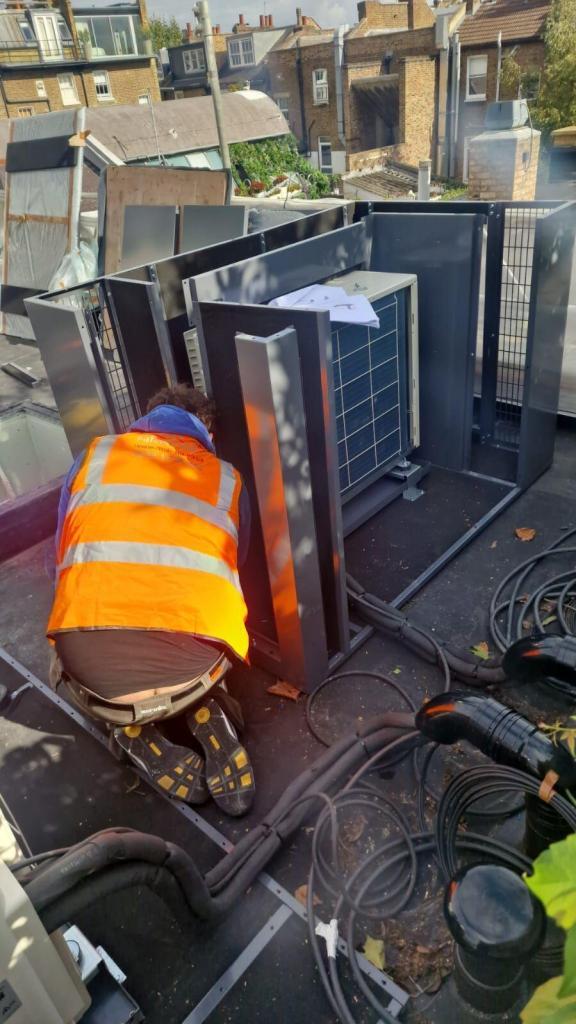
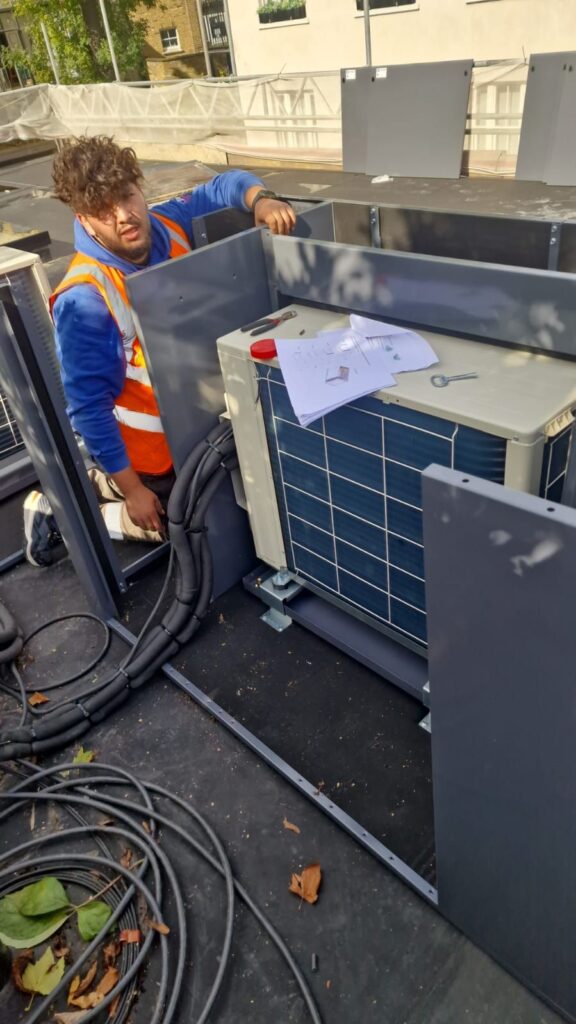
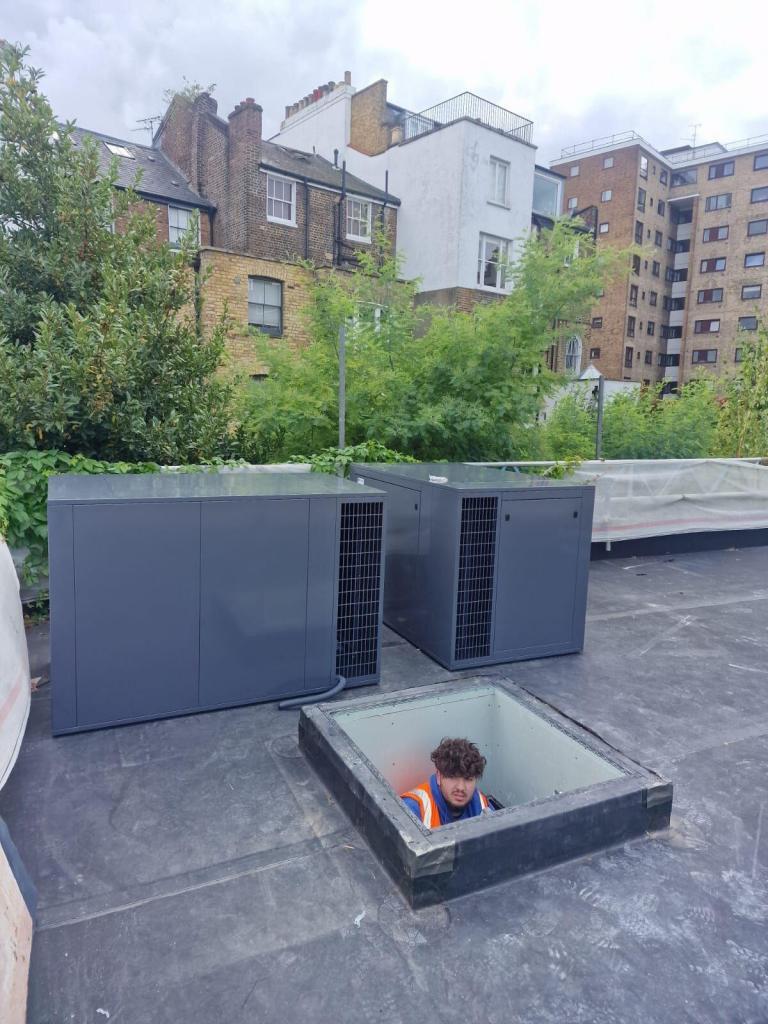
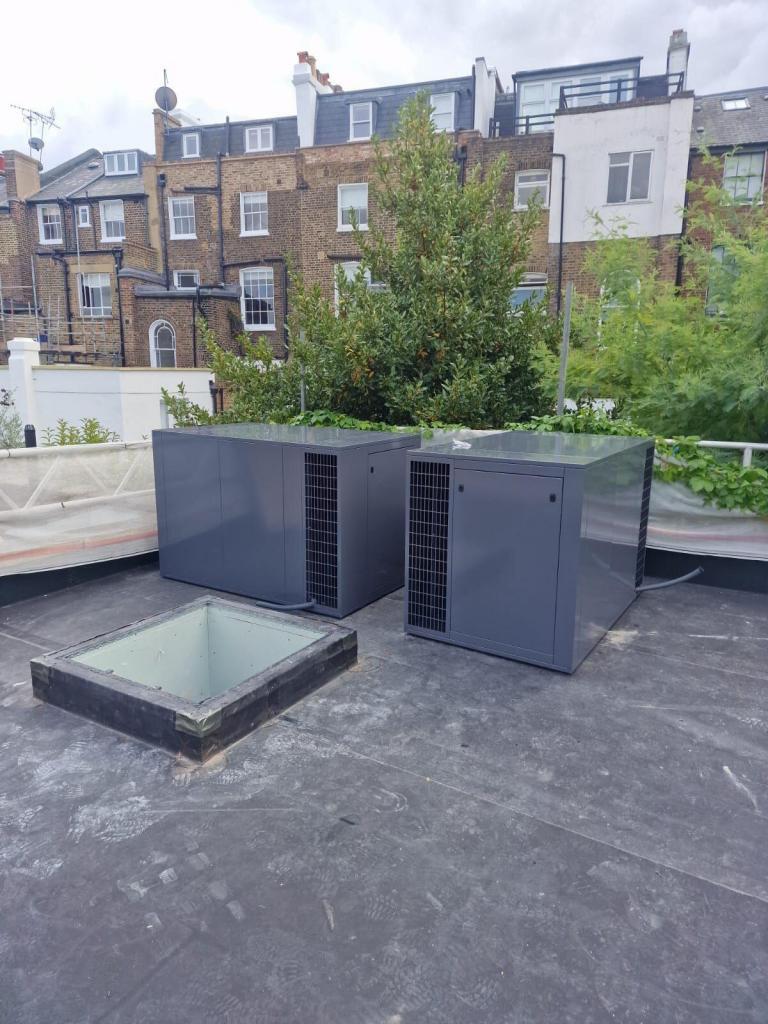
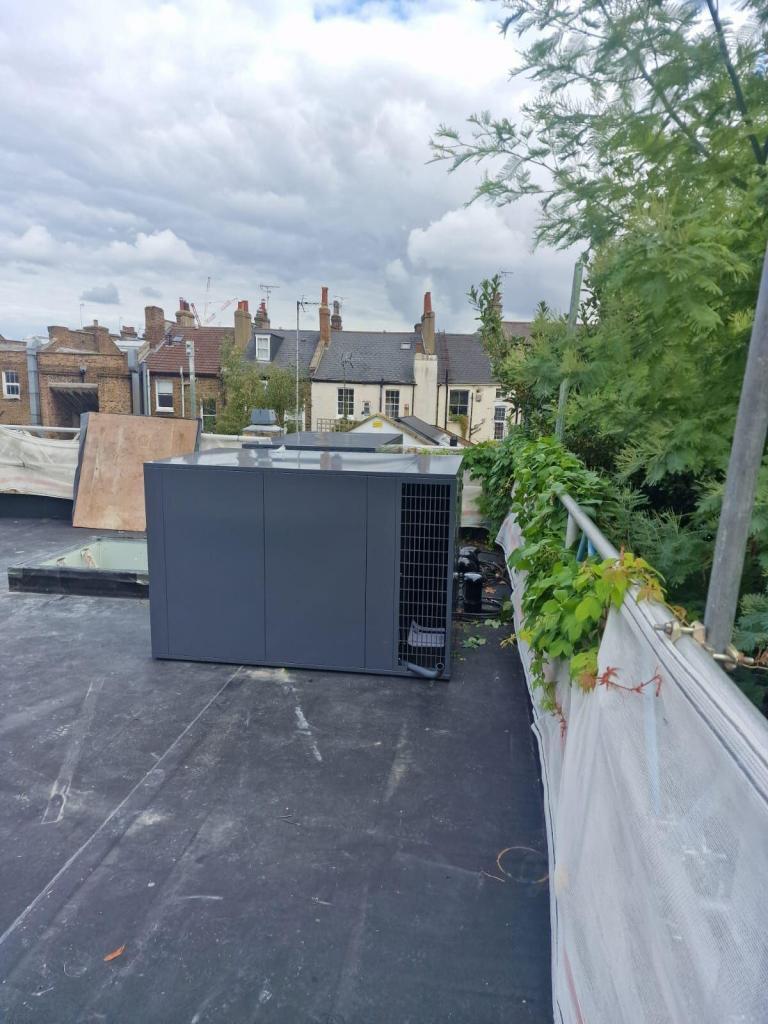
The Silent Sanctuary: How Enclosures Tame Air Conditioner Noise
The modern marvel of air conditioning offers a welcome respite from oppressive heat, transforming sweltering spaces into cool havens. However, this comfort often comes at a cost: the persistent drone of the unit’s mechanical operation. This noise pollution, while seemingly minor, can disrupt concentration, hinder sleep, and generally detract from the tranquility of our indoor and outdoor environments.
Fortunately, a well-designed enclosure presents a significant and often elegant solution to mitigate this auditory intrusion, creating a more peaceful coexistence with our cooling systems.
The primary mechanism by which an enclosure reduces air conditioner noise lies in its ability to act as a sound barrier. Sound waves, generated by the compressor, fan motor, and refrigerant flow within the unit, radiate outwards in all directions. An enclosure, constructed from dense and often sound-absorbent materials, intercepts these waves.
The solid structure physically blocks the direct path of the sound, preventing it from freely propagating into the surrounding area. Think of it as building a wall between the noise source and your ears. Materials like dense wood, thick plastic, or even layered composites offer significant sound attenuation, effectively reducing the intensity of the sound that manages to pass through.
Beyond simply blocking sound, effective enclosures often incorporate sound-absorbing materials on their interior surfaces.
These materials, such as acoustic foam or fiberglass, are designed to trap and dissipate sound energy as it bounces off the enclosure’s inner walls. Without this absorption, sound waves would reflect within the enclosure, potentially escaping through vents or gaps and even amplifying certain frequencies. The inclusion of absorptive elements ensures that the sound energy is converted into minute amounts of heat, rather than being transmitted as audible noise.
This is particularly crucial for tackling higher-frequency sounds, which tend to be more directional and can be perceived as particularly irritating.
Furthermore, a carefully designed enclosure can address the issue of vibration-induced noise. The mechanical components of an air conditioner generate vibrations that can travel through the unit’s chassis and into the surrounding structure. If the unit is in direct contact with a wall or the ground, these vibrations can be amplified and transmitted as a low-frequency hum or rumble.
An enclosure can isolate the air conditioning unit by incorporating vibration-dampening mounts or pads. These elastomeric materials absorb and dissipate the vibrational energy, preventing it from transferring to the enclosure itself and subsequently radiating as noise. This is especially important for outdoor units placed on patios or near building foundations.
However, the design of an effective air conditioning enclosure requires a delicate balance. While the primary goal is noise reduction, the unit still needs adequate ventilation to function efficiently and prevent overheating. Restricting airflow can lead to decreased performance, increased energy consumption, and even potential damage to the unit.
Therefore, well-designed enclosures incorporate strategically placed vents and openings that allow for sufficient airflow while minimizing sound leakage. These vents may be baffled or lined with sound-absorbing materials to further reduce the transmission of noise. The size and placement of these openings are critical engineering considerations, ensuring optimal thermal performance without compromising acoustic benefits.
In conclusion, an air conditioning enclosure offers a multifaceted approach to reducing unwanted noise. By acting as a sound barrier, incorporating sound-absorbing materials, mitigating vibration, and carefully managing airflow, these enclosures can significantly enhance the acoustic comfort of our living and working spaces.
While aesthetics and material choices also play a role in the overall design, the fundamental principle remains the same: to create a silent sanctuary where the cool comfort of air conditioning can be enjoyed without the unwelcome accompaniment of disruptive noise. As we increasingly prioritize peace and quiet in our environments, the thoughtful implementation of air conditioning enclosures will undoubtedly continue to play a vital role in achieving a harmonious coexistence with the technology that keeps us cool.
